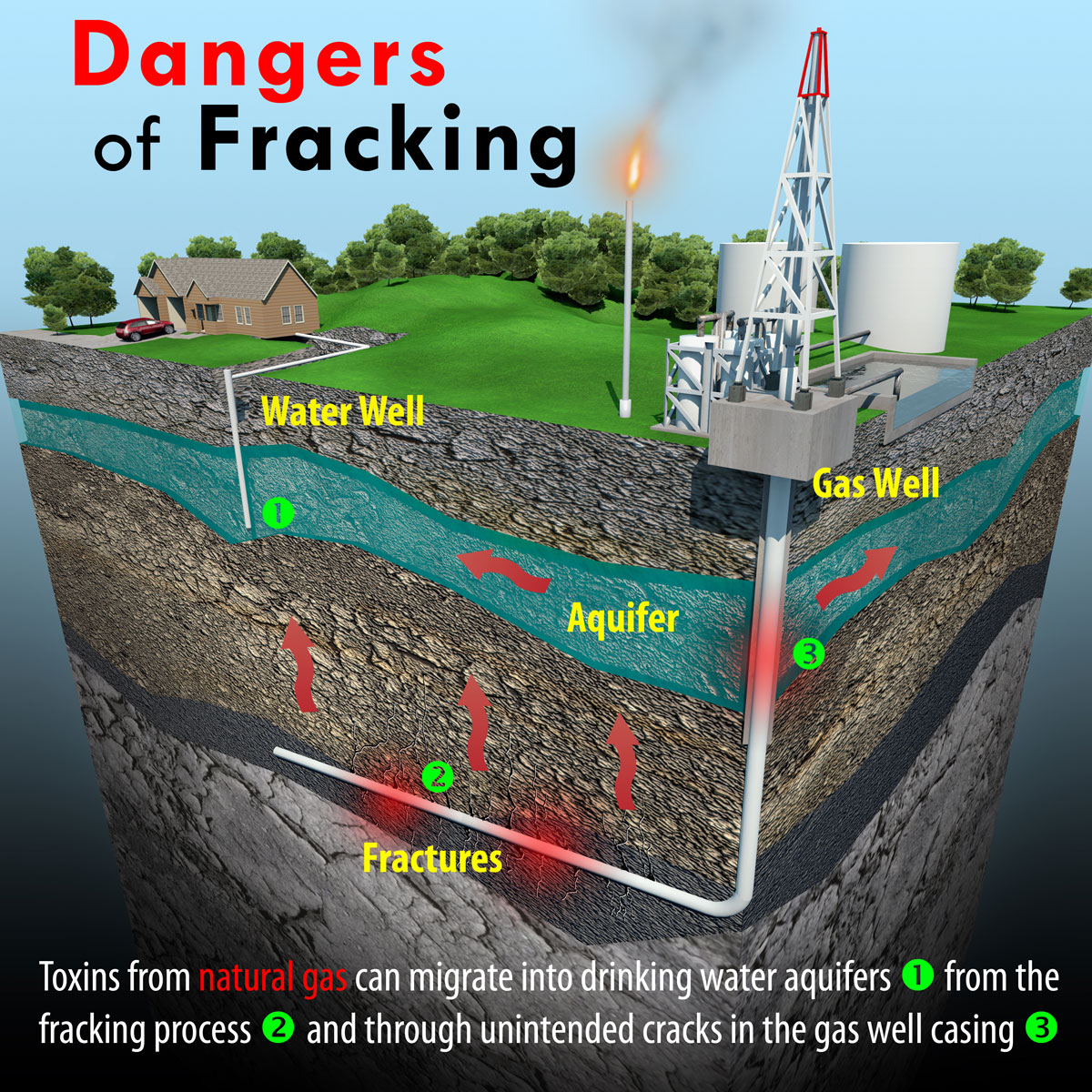

The latest national survey by the Pew Research Center for the People & the Press, conducted March 7-11, 2012 among 1,503 adults, finds that 52% say the more important priority for addressing the nation’s energy supply is to develop alternative sources, such as wind, solar and hydrogen technology, while 39% see expanding the exploration and production of oil, coal and natural gas as the greater priority.Ī year ago, the public viewed the development of alternative energy sources as the more important priority by a much wider margin (63% to 29%). Nearly two-thirds (65%) favor allowing increased offshore drilling, up from 57% a year ago and 44% in June 2010, during the Gulf spill. waters, which plummeted during the 2010 Gulf of Mexico oil spill, has recovered to pre-spill levels. Moreover, support for allowing more offshore oil and gas drilling in U.S. More Americans continue to view the development of alternative energy sources as a higher priority than the increased production of oil, coal and natural gas, but the gap has narrowed considerably over the past year. In 2015 the Environmental Audit Committee concluded: ‘extensive production of unconventional gas through fracking is inconsistent with the UK's obligations under the Climate Change Act’.At a time of rising gas prices, the public’s energy priorities have changed.

It also sees limited role for natural gas as a source of heat, instead being replaced by electricity and other carbon-free alternatives.

Reaching the UK’s legally binding ‘net zero’ 2050 emissions target involves ‘ virtually decarbonising’ electricity generation by 2030. In some economies, gas can replace coal as a ‘bridge’ to a low-carbon electricity system. In the US, switching to gas for electricity contributed to domestic emission reductions, but globally, it is estimated more than half these reductions were cancelled out by increased coal exports and coal-burning abroad. As long as leakages are well-regulated, UK shale gas could have lower emissions than importing liquefied natural gas (LNG) from Qatar, because less energy is used in processing and transport. On the positive side, burning natural gas releases about half as much carbon dioxide as coal. By weight, methane is 25 times more potent than carbon dioxide as a greenhouse gas. Methane release occurs if pipes leak or if wells are not properly sealed with concrete. However, in the US, a comprehensive study by the Environmental Protection Agency found that while there were isolated cases of contamination, fracking for shale oil and gas has not led to widespread pollution of drinking water. Groundwater near drilling regions in Colorado had an increased concentration of hormone-disrupting chemicals, while higher levels of birth defects have been observed near drilling areas. Hundreds of chemicals are involved in fracking and some can cause cancer, with pregnant women and children particularly sensitive to health risks. There is the potential for drinking water to be contaminated with toxic chemicals. Hazardous air pollution resulting from volatile compounds is another concern. Health impacts can also affect animals and pets. Surface spills and improper disposal are highly feasible in some areas, especially given the vast amount of waste fluid to be disposed of. It said that future seismic activity could not be ruled out. In response to this tremor, the Government commissioned the UK’s Oil and Gas Authority to assess the viability of the industry. Tremors of similar strength were also seen in the UK, with an event at Cuadrilla’s Blackpool site registering at 2.9 in August 2019. There have been reports of methane bubbling out of kitchen taps.Īn earthquake of 3.0 magnitude occurred in March 2014 in Ohio within 1km of active fracking operations. Methane is flammable, so can cause explosions. For example, researchers found evidence of dissolved methane in drinking water wells in New York and Pennsylvania associated with shale-gas extraction. Fracking has been linked to a number of issues including:


 0 kommentar(er)
0 kommentar(er)
